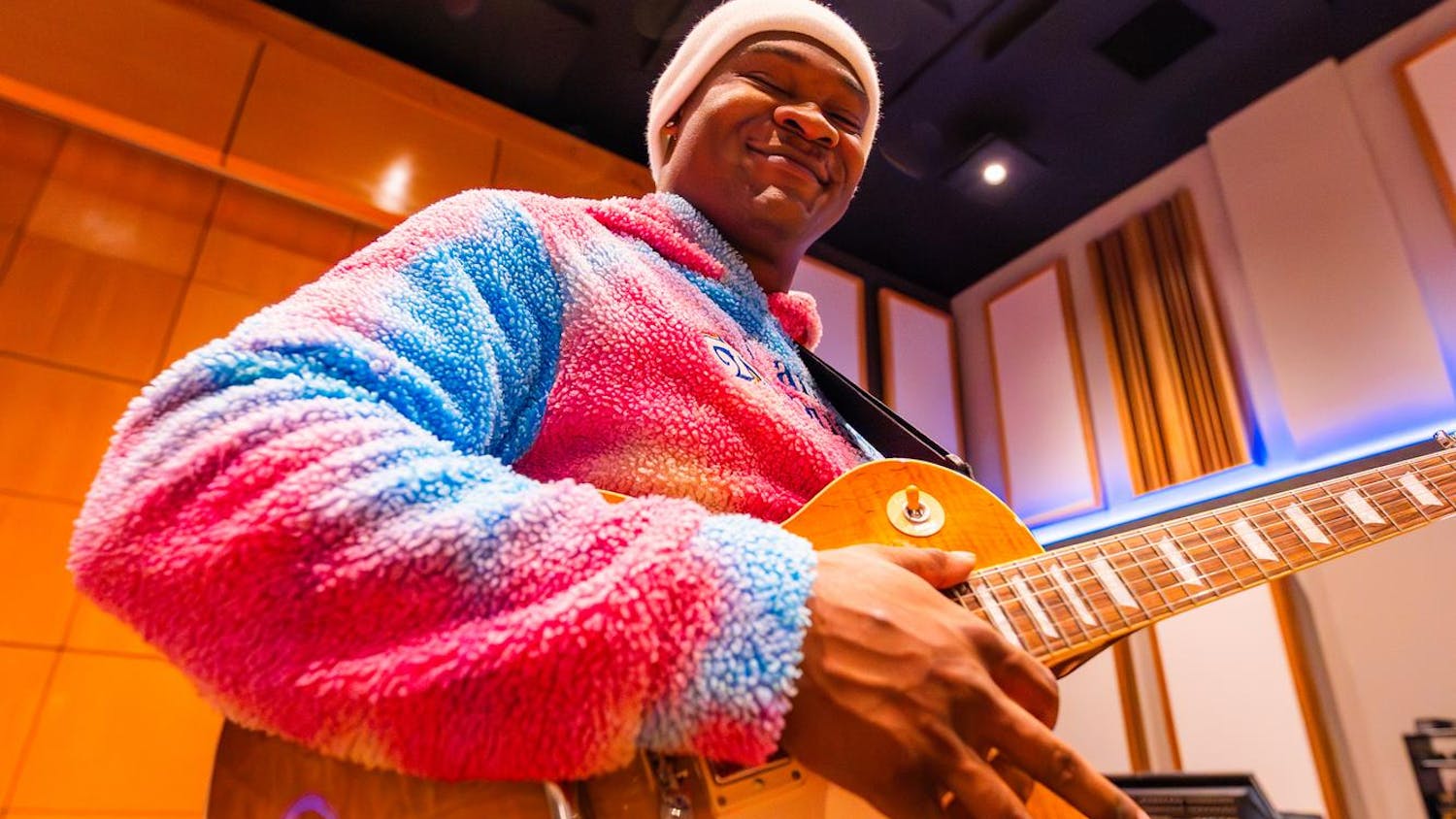Auburn University organic chemistry professor Stewart Schneller is one step closer to potentially finding a cure to the Ebola virus.
The virus has the ability to turn off the body's immune system, but Schneller has possibly found the "on button."
Known by its lab identification number, WY3161 is a small molecule that has been tested on cells of green monkeys, also known as Sabaeus monkeys, and has shown to reverse the immune-blocking effects of the Ebola virus in those monkeys.
"The target is to block the process that Ebola uses to turn off the immune response," Schneller said.
Chong Liu, researcher and assistant professor, received his master's degree under Schellner's supervision in 2008 and has been a part of the research team since.
"Through these years, we have been working as a team to design and synthesize small molecules to fight viral infections, including Ebola, smallpox, yellow fever, Marburg, Rift Valley Fever and more," Liu said.
The virus is contracted through contact with an infected animal.
Once infected, an individual can pass the virus on to other humans through the exchange of bodily fluid, such as blood or saliva.
Symptoms are flu-like and include headache, vomiting and internal hemorrhaging.
"What happens when it first starts is people don't recognize it," Schneller said. "Someone starts bleeding like that and they don't really realize what it is. So they start trying to help, and pretty soon that person has it too."
Schneller has dedicated the past 10 years of his life to anti-viral research. His team is working directly with the National Institutes of Health (NIH) and will publish the details of their work this month in Bioorganic & Medicinal Chemistry.
Testing is preformed in Biosafety Laboratories (BSL). Viruses are ranked 1 to 4 based on how pathogenic the disease is. Ebola is level 4, so testing is done in a laboratory at Utah State University, which is equipped to handle infectious diseases.
"These viruses are under extreme protective conditions," said Schneller. "Before we can do the testing, we have to be in contact with the NIH, who authorize us to send our compounds to laboratories. Once that's done we do the evaluations."
Screening has been kept strictly to green monkey cells, but the NIH has asked Schneller's team for an additional large quantity of WY3161 to begin animal testing which could eventually lead to testing in humans.
"The NIH needs a considerably large amount of this to start testing in animals," said Schneller. "We'll have to see when the results come out, but you work your way from small roads to larger roads."
Postdoctoral research associate, Qi Chen said their job as researchers is like designing a key, for the right lock for diseases caused by viruses, not only Ebola, but other viruses too.
The 2014 Ebola outbreak in West Africa is the largest outbreaks since the discovery of the virus in 1976. However, Ebola is possible to contain if the right medical infrastructures are put in place.
"It will be contained," Schneller said. "I'm sure. It's all about keeping the people who have it from interacting with anybody else."
As for the possibility of an outbreak in the U.S., Schneller said there is nothing to worry about.
"The US has state-of-the-art facilities for managing anything like this," Schneller said. "We are prepared for any of these kinds of unusual outbreaks and we have absolutely nothing to worry about in the US."
Do you like this story? The Plainsman doesn't accept money from tuition or student fees, and we don't charge a subscription fee. But you can donate to support The Plainsman.





